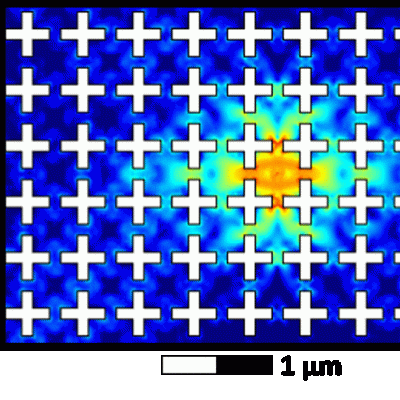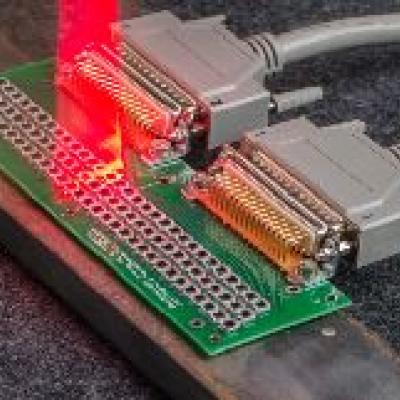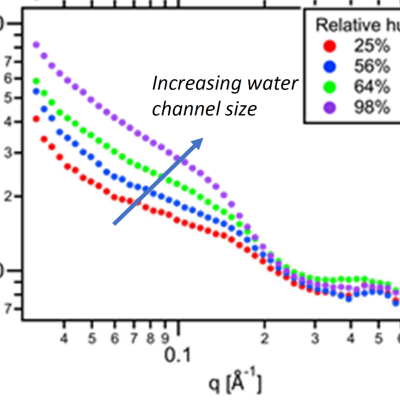LLNL researchers have developed a method to enhance the performance of polyelectrolyte membranes by using a humidity-controlled crosslinking process which can be applied to precisely adjust the water channels of the membrane.
Keywords
- (-) Show all (84)
- Imaging Systems (9)
- Photoconductive Semiconductor Switches (PCSS) (9)
- Electric Grid (7)
- Additive Manufacturing (6)
- Carbon Utilization (6)
- Semiconductors (6)
- Data Science (5)
- Optical Switches (5)
- Cybersecurity (4)
- Materials for Energy Products (4)
- 3D Printing (3)
- Direct Air Capture (3)
- Power Electronics (3)
- Analysis (2)
- Computing (2)
- Inertial Fusion Energy (IFE) (2)
- Particle Accelerators (2)
- Simulation (2)
- Spectrometers (2)
- Synthesis and Processing (2)

LLNL has developed a method of extending device lifetimes by imprinting into the device a shape that excludes specific vibrational modes, otherwise known as a phononic bandgap. Eliminating these modes prevents one of the primary energy loss pathways in these devices. LLNL’s new method enhances the coherence of superconducting circuits by introducing a phononic bandgap around the system’s…

LLNL’s Optically-based Interstory Drift Meter System provides a means to accurately measure the dynamic interstory drift of a vibrating building (or other structure) during earthquake shaking. This technology addresses many of the shortcomings associated with traditional strong motion accelerometer based building monitoring.
LLNL’s discrete diode position sensitive device is a newly…


